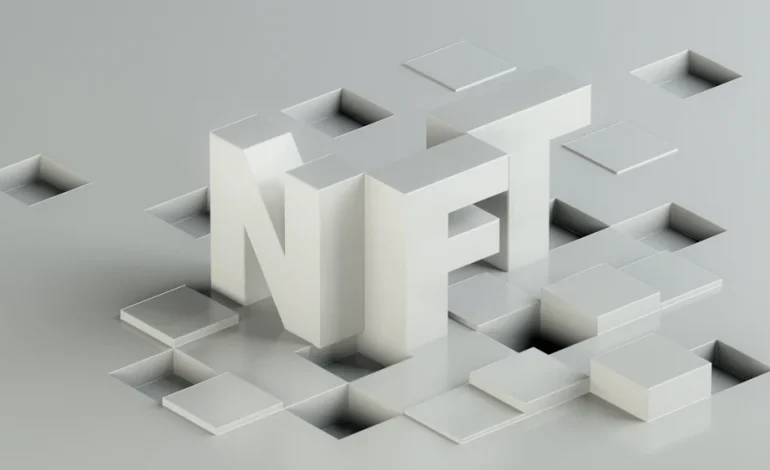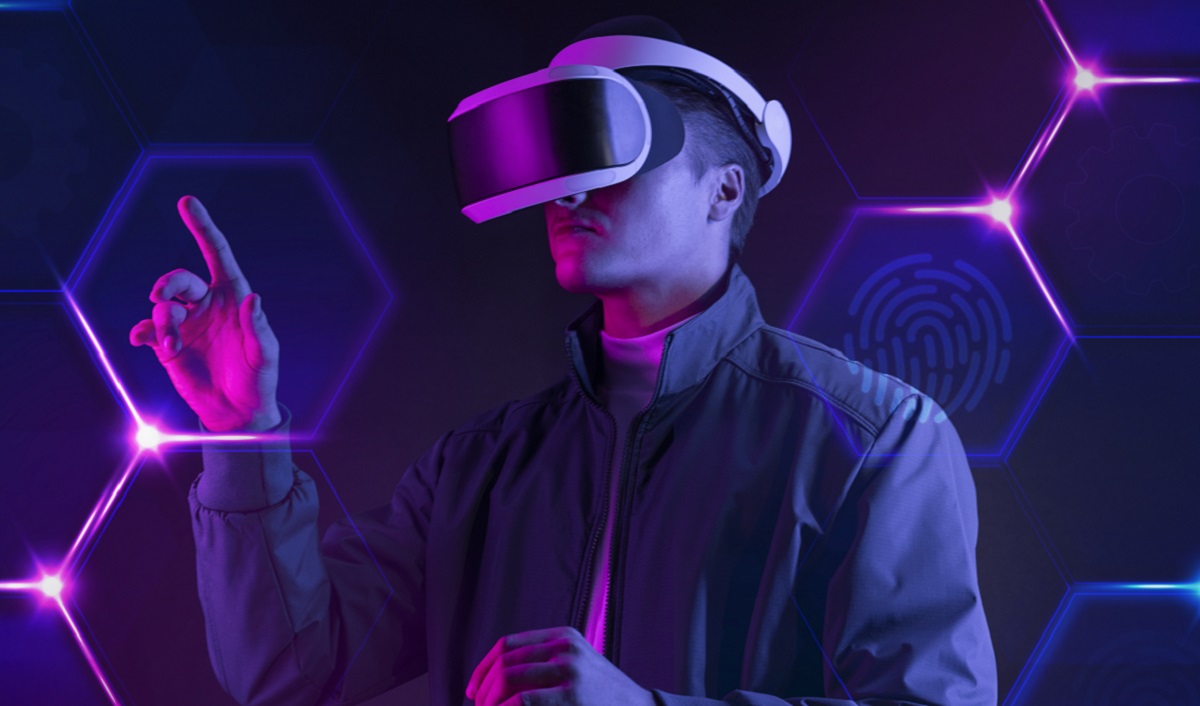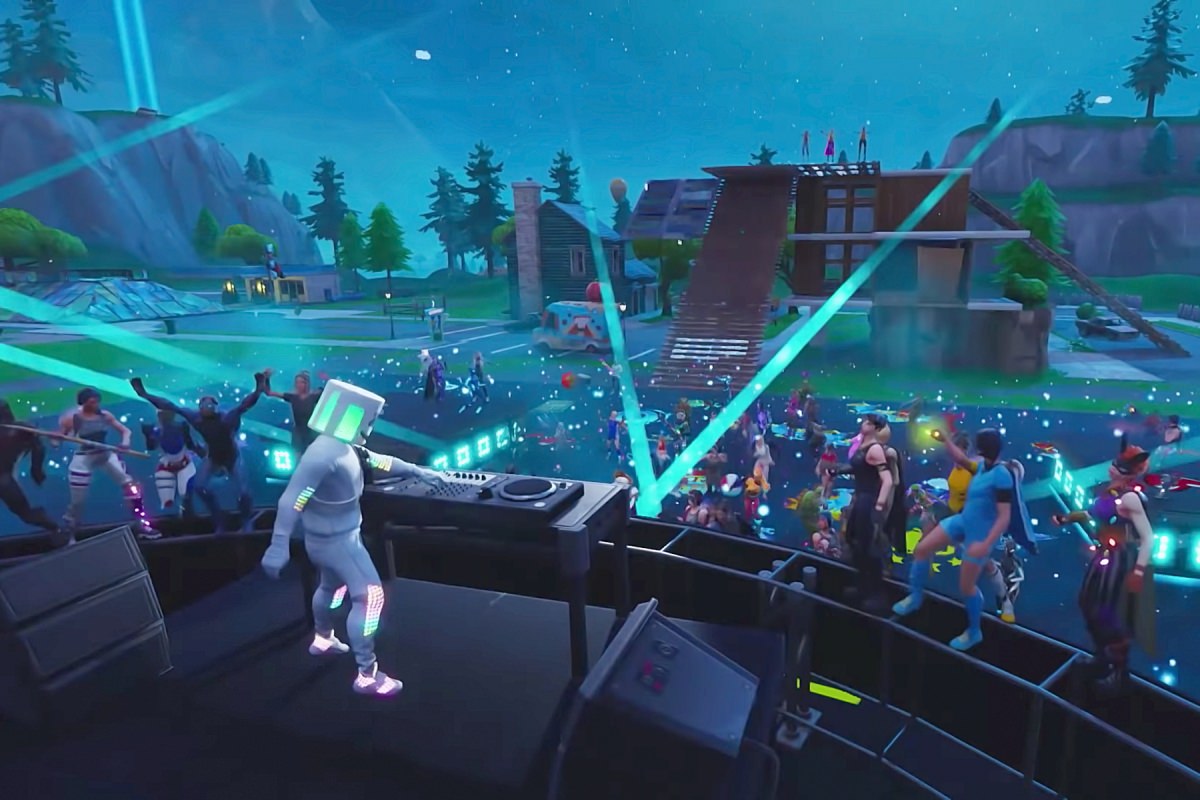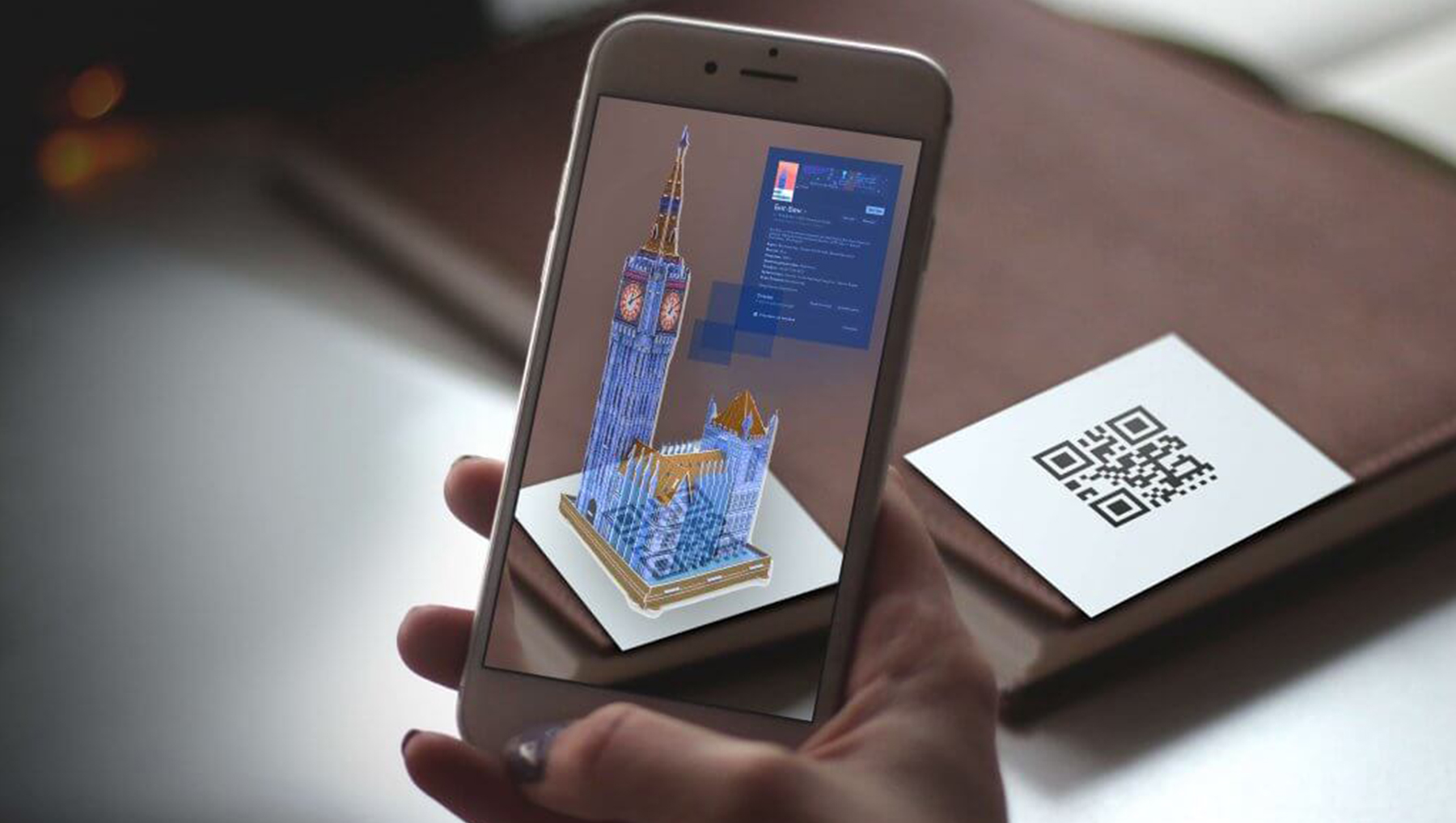
This is the first of two parts on the Metaverse Map; it provides an introduction to how the map was created and how it’s being used by teachers, students and school administrators to enhance arts education in the US. This first part will focus on how to use the Metaverse Map, along with its benefits and limitations, using some examples from real classrooms around the country.
The second part will discuss new developments planned to improve upon the initial release of the map, like an API and community features to foster collaboration and mash-ups of various artforms with different ages of students.
What Is The Metaverse Map?
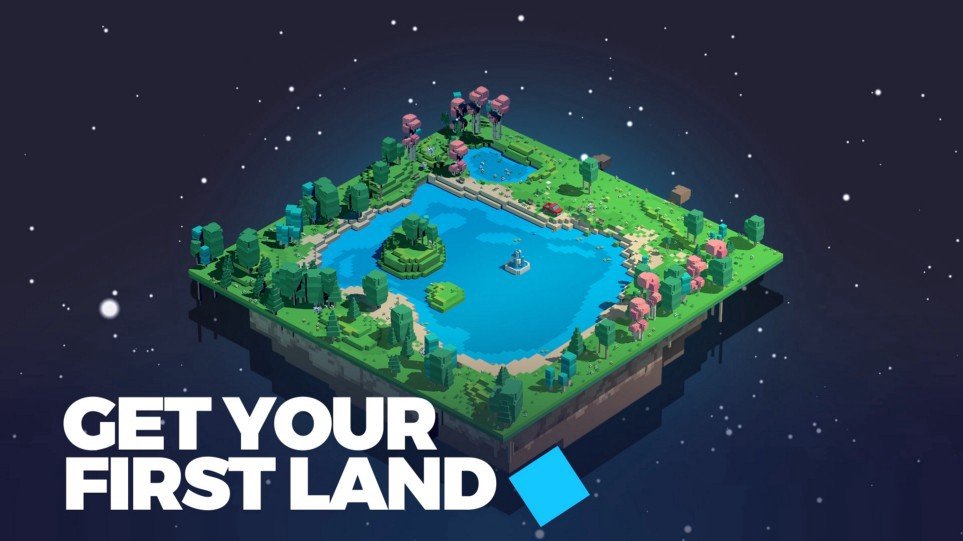
The Metaverse map is a new way to see the world – the world of art. It reflects the changes in our society and how people are experiencing art in their everyday lives. The metaverse map aim is to provide an objective way of understanding how art and culture affect all aspects of society, not just highbrow forms.
The idea is to create a new, more inclusive vision of what it means to be an artist or cultural producer in our era. For decades, we’ve seen a shift from looking at art primarily as something made by artists who were detached from mainstream life, to seeing artists as makers of popular culture that draws on everything from visual arts to literature and social media.
Why Study Art?
Artists think outside of the box. They break down what we know as reality and create something new, they see the world differently than most people do. One artist, Jean-Michel Basquiat once said I’m not an artist because I do art; I am an artist because I want to change the world.
The world needs more artists like him. In our culture today, much is being made about STEM education (Science, Technology, Engineering and Mathematics). It’s important that students are taught all four subjects so that they can be competitive in a future job market that is changing constantly.
But with our dwindling arts programs in schools it’s hard to find someone who wants to take an arts class for their elective credit in high school or college. Why does this happen? We need to show students how powerful the arts are and make them aware of the careers available after high school graduation.
What if you were sitting at a desk all day long with only computer screens on your face? It would be pretty difficult for you to understand space or have any sense of artistic design unless you went back out into the world again.
Benefits of Learning Art

Learning art is a great way to get kids excited about education. It provides them with an opportunity to express themselves in ways they may not be able to in the classroom. It builds self-esteem, leadership skills, and social skills. And it’s fun! Being creative can lead to some pretty amazing things for kids. Research shows that students who participate in arts programs are three times more likely than those who don’t to continue their studies at four-year colleges.
It also teaches practical skills like problem solving and critical thinking, which help build cognitive development and boost academic performance.
And this doesn’t just apply to children; adults benefit from creativity as well! They’re less likely to develop Alzheimer’s Disease later on in life and have increased brain function when making new connections between different parts of their brain. In other words, creativity helps us stay young at heart even as we grow older physically.
Self-Esteem and Confidence
It has been demonstrated that students with strong self-esteem and confidence are better equipped to handle the challenges of education, which can contribute to decreased absenteeism and higher academic achievement.
For many years, schools have focused on developing high standards for students in reading and math, but what about social studies? Studies have shown that critical thinking skills are just as important when it comes to improving student outcomes.
It has also been shown that in areas where arts education is valued in schools, there is a decrease in violence rates. Communities who value the arts see an increase in their economic viability.
Critical Thinking Skills

Creativity is an essential life skill and it’s one that needs to be practiced and nurtured from an early age. In the same way we learn math, reading, or writing, creative skills can also be taught – by teaching students how to use their imaginations.
Creative and critical thinking are not only important in the arts but also in science, business and the humanities. The knowledge students acquire through creative exploration helps them make connections in many subje

